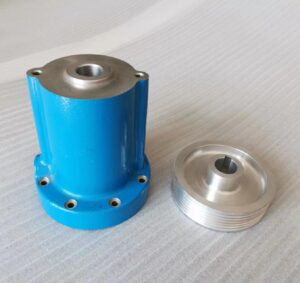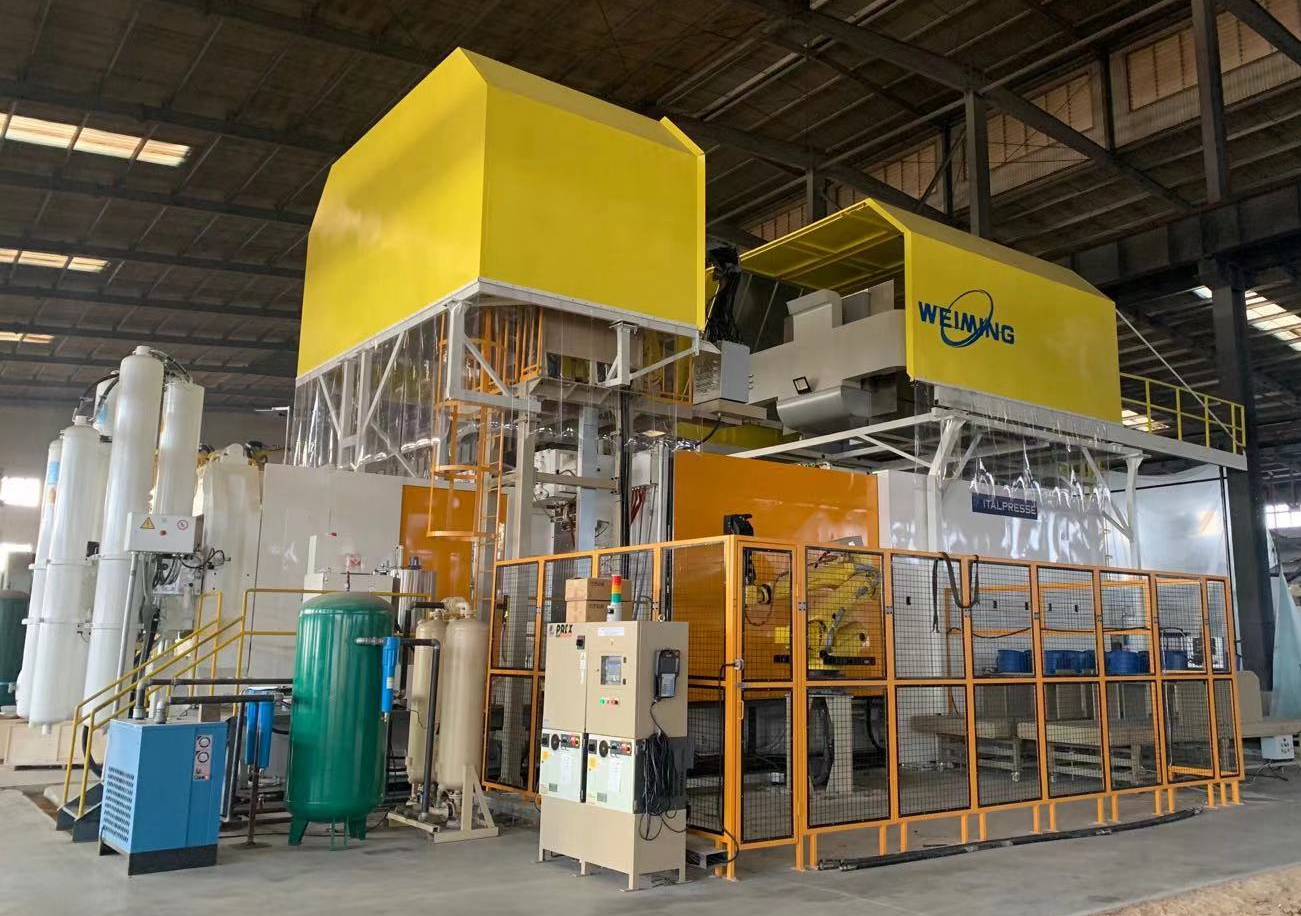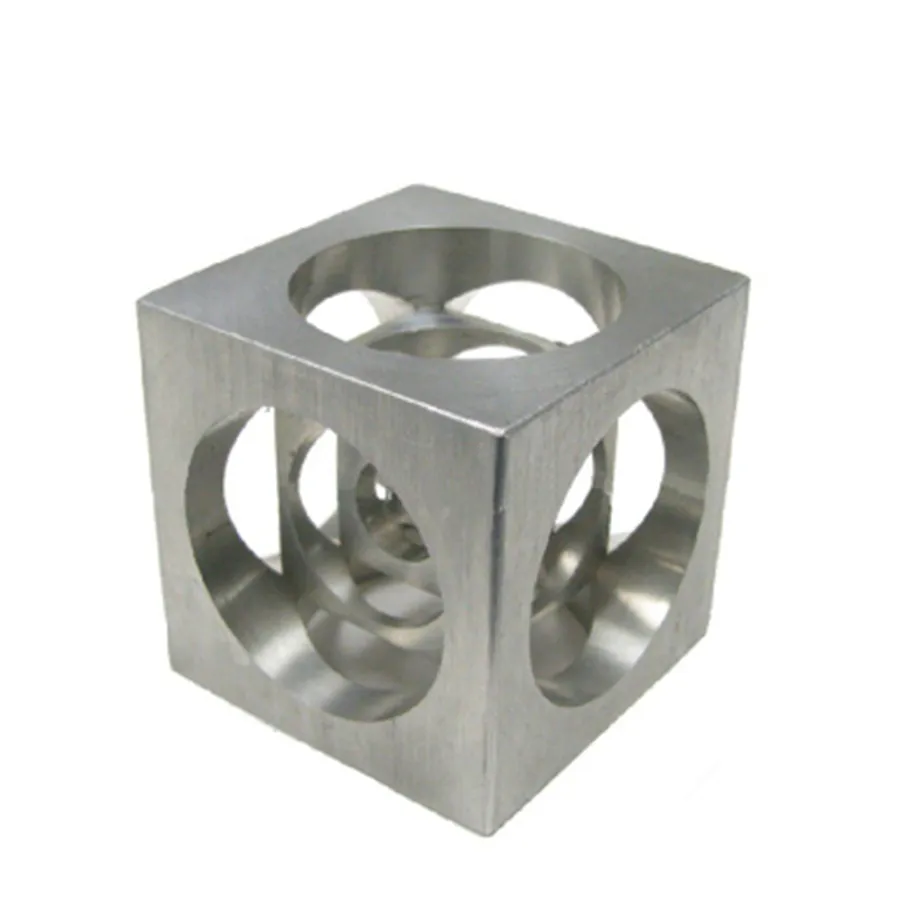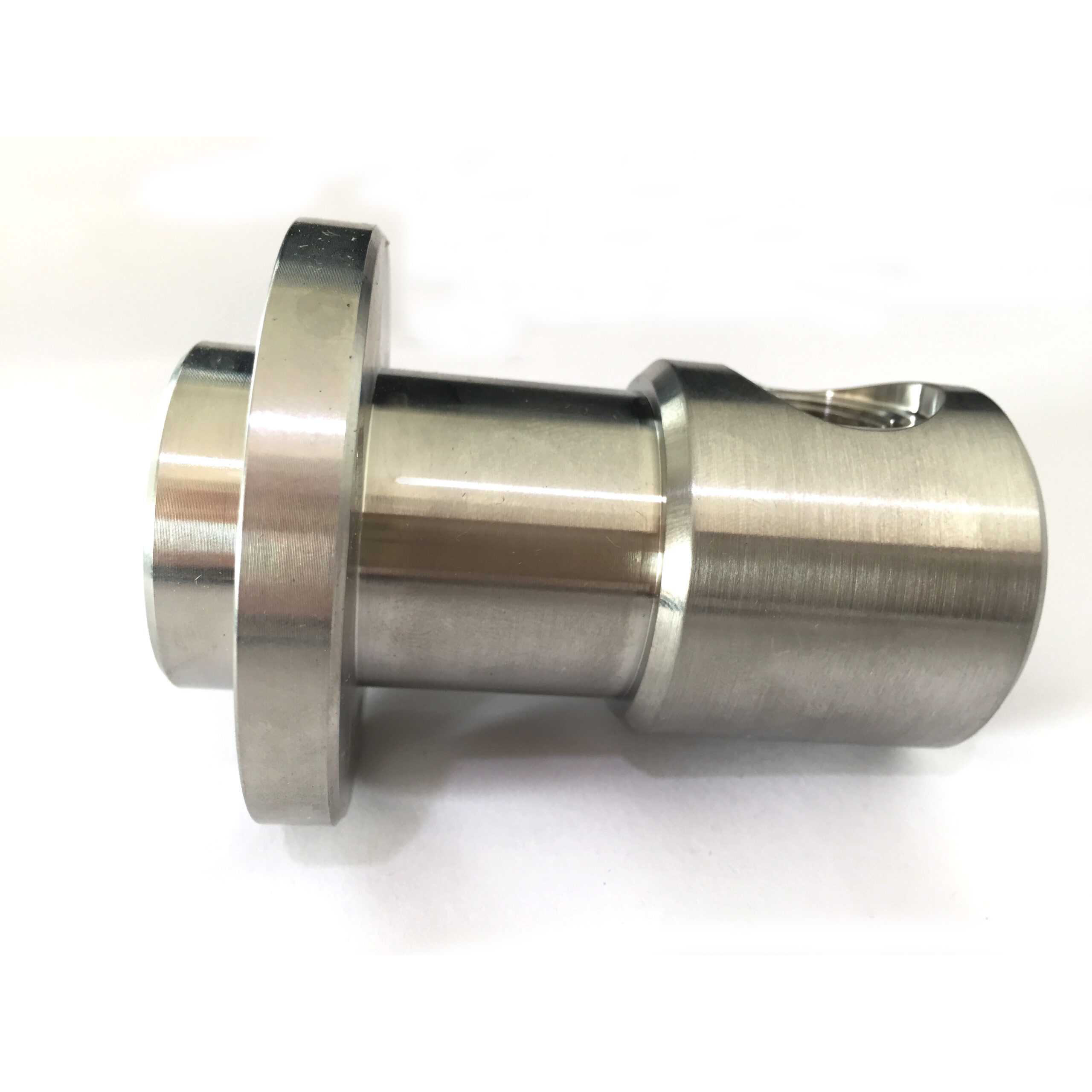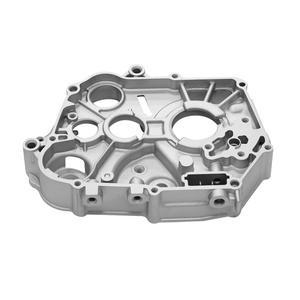Die casting, sand casting, investment casting, HPDC:
Die casting and HPDC are basically fast, high-volume methods. In this process, the molten aluminum is poured into a metal mold under high pressure. They are best suited for thin-walled, complex structures such as electronic enclosures. The alloys used here need to have fast fluidity and the ability to solidify rapidly, such as the A380 and A383.
On the other hand, Sand Casting is basically a slow, low-volume method. It’s most suited for producing things like engine blocks. The sand molds are usually easy to shape and cheap to produce as well. If this process is to be used, the aluminum alloys need to have good castability and resistance to cracking under high temperatures.
For Investment casting, a ceramic model and a wax mold are used. This is mostly used in aerospace and medical industries to produce small, precise parts of equipment. Since this is used to form complex shapes, alloys used here need the ability to form clean, defect-free surfaces.
Influences on fluidity:
The molten metal’s fluidity is its ability to fill a mold before turning solid. Both the casting process and the alloy used influence fluidity, along with design factors like gating systems and surface oxidation.
Alloy Composition:
Aluminum alloys with higher silicon content, such as Al-Si alloys, tend to exhibit better fluidity due to their lower melting ranges. Although magnesium and copper improve the strength of alloys, they tend to reduce the fluidity as well.
Gating System:
These are basically networked paths that guide the molten metal into the mold. If they are designed poorly, they can affect how smoothly the molten metal flows before reaching the mold. Also, if they are not properly insulated, the molten metal may lose heat too fast, which can result in an incomplete mold filling.
Oxide Films:
These are small clumps that form rapidly on the surface of the molten metal when it’s exposed to air. These thin clumps can clog narrow channels when they become a lot, preventing the molten metal from flowing well. They can also increase the viscosity of the molten alloy.
Microstructure and defects:
The microstructures formed during the solidification process vary depending on the cooling rate, casting process, or any modifications. Most cast aluminum alloys solidify with dendritic structures. Faster cooling processes, like in die casting, help to create finer dendrites, which are known to improve mechanical properties.
However, there are common defects that can be found in the cast microstructures.
Porosity:
This can be formed when gases are trapped during the solidification process or when there is inadequate feeding of the molten metal in thicker sections, resulting in cavities. It causes the final product to be much weaker than intended.
Inclusions:
These are unwanted solid particles of films that become trapped in the metal during the casting process. Some inclusions can be heated to very high temperatures to dissolve them. However, non-metallic inclusions can be very hard to remove, and these are the most common.
